I installed one of these wireless links between two transmitter buildings recently. The Ubiquiti gear is not my first choice, however, the client insisted that we use this equipment likely because of its inexpensive nature (less than $65.00 per unit). My overall impression is so-so. They are fairly easy to set up; the AirOS is intuitive and easy to navigate around. I had to upgrade the firmware, change the default user name and password, assign IP addresses, subnet mask, gateway information, SSIDs, security parameters, etc. All of that was very easy to figure out. My grip is this; it seems the hardware is a bit plastic-y (e.g. cheap). I know some of the Ubiquiti models are better than others. I hear good things about the airFiber units but they still don’t compare to the Cambium/Canopy gear.
For this installation, I used the shielded Ubiquiti “Tough Cable” with the shielded Ubiquiti RJ-45 connectors and Ubiquiti Ethernet Surge Protectors. When making the Ethernet cables up, I made sure the shield drain wire was connected to the metal body on the RJ-45 connector. I tested everything with my trusty Fluke Microscanner cable verifier which also shows continuity for the shield. I am still not completely confident that the outdoor units will survive a lightning strike on the 898-foot (273.7 meter) guyed tower nearby. Time will tell.
The system has a wireless path length of about 200 meters plus another 60 meters or so of Ethernet cable. Latency when pinging the gateway across the entire network is about 3 to 4 ms (laptop>switch>nanobeam<->nanobeam>switch>gateway). The network is being used for remote control/monitoring of transmitters and backup audio via Comrex Bric link II IP CODECs.
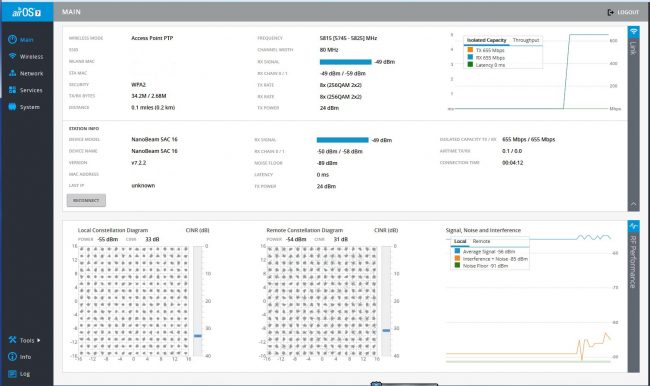
On the plus side, the 802.11ac link is very fast; 650+ Mbps unwashed link speed is pretty impressive. Strip off the wireless LAN headers and that likely translates to greater than 500 Mbps goodput. Also, the inexpensive nature of these units means that we can keep a few spares on hand in case something does suffer catastrophic damage due to a storm. The AirOS v.7 is pretty cool with the RF constellation and other useful tools like airView (spectrum analyzer with waterfall display), discover, ping, site survey, speed test, traceroute, and cable test.
After installing the updated firmware, which fixes a major security flaw with the web interface, the link was established with three mouse clicks. After that, I ran speed tests back and forth for several minutes. Basically, the speed on the LAN is reduced because of the 100 Mbps switch. Even so, that should be more than enough to handle the traffic on this segment of the network.


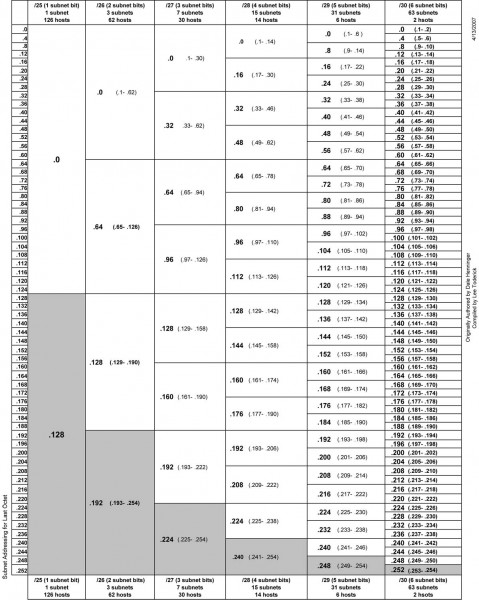
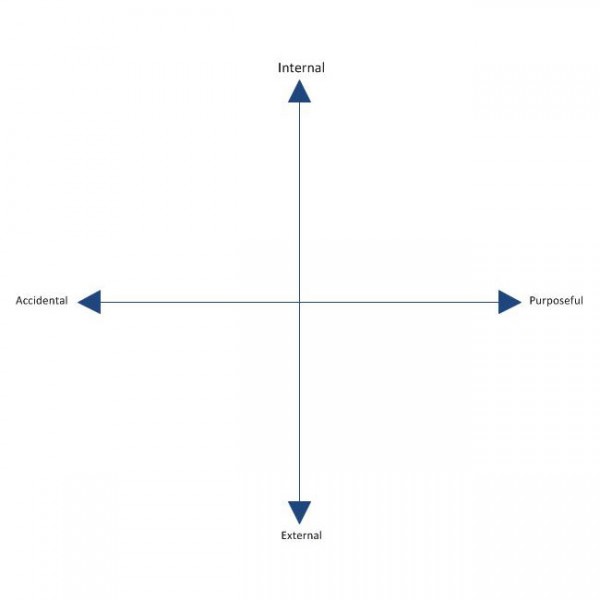
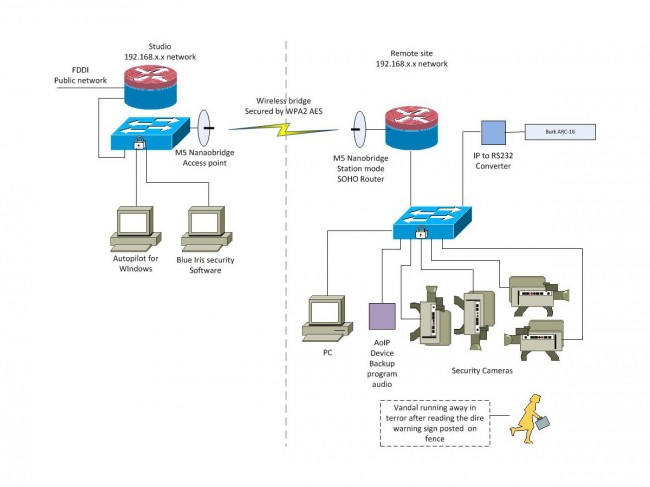
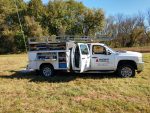
Yes they seem junky with it being plastic which does not indicate how they perform. The current setup is for a backup audio STL and internet access. There is no connection to the station LAN even though it’s security is locked down tight. After 2 years of service no problems with lightning or any storm. We do have spares on hand just in case. The link is only 4 miles long and can get between 400-550mbps of throughput. With only internet access, I can VPN into the stations LAN which is nice since I can get work done at the transmitter site and nobody to bother me :). Pretty good for $60.00. Since it not been hit in any shape or form from lightning, it’s worked fantastic. It’s only really a 3rd backup link from the main link we can afford it being fried from lightning or anything else.
Can you answer the difference in expected coverage from the unlicensed “Part 15” version of their gear versus the systems that need licensing? I have an application that I hope might be able to get away with the lower power unlicensed gear but would like an idea before I pitch this to the decision makers.
Bill, that is a good question. As far as Ubquiti gear is concerned, the only part 101 licensed product I can see is the air fiber 11X (operates 10.7-11.7 GHz) which runs about $800 plus antenna. There are a few units that work in the 3.6 and 4 GHz ranges, but the licensing requirements for those frequencies have changed lately. There is also some license free 24 GHz Ubiquiti stuff available ($1,500 each with antenna). As far as Cambium gear goes, the PTP820 will run about $2K per unit plus antenna.
Bill there isn’t inherently a lot of difference in performance between licensed and unlicensed. What licensed gets you is a lot more assurance that you won’t end up with some other chowderhead using your frequency and causing problems. Neither now nor in the future.
Depending on your local area, that may or may not be a problem. And you can be in a relatively congested area and still have little to no problems due to the directionality of the UBNT (Ubiquiti) gear. It all kinda depends, but the good news is that UBNT does give you a fair amount of tools for dealing with problems of undesired signals. The bad news is that some of those tools involve throttling your bandwidth which drops your throughput a LOT. Depending on your application, that may or may not be a problem. Lots of times even just 5 or 10 or 20Mbps is more than enough for radio broadcasting needs.
I have a project coming up where I plan to use a Mimosa B11 licensed 11GHz as a primary and a UBNT AirFiber unlicensed 5.8GHz as a backup. I’ve been using other unlicensed UBNT gear on 900MHz and 5.8GHz and in general it works pretty well but there are some caveats; generally they perform well but never quite as well as you hope. But the nice thing is that it’s cheap enough that you can just buy a few and try ’em out. Similarly, I don’t believe in buying just one pair of these things; always get two and put both pairs up on the tower. That way you have a hot standby ready to go.
The construction is indeed pretty plastic and cheap-feeling but I haven’t seen it be terribly problematic. I have a couple 5.8GHz and 900MHz units up on a rooftop of a tall building (about 250ft AGL) at the head of Narragansett Bay for about two years now. It gets pretty darn windy up there but so far they haven’t lost alignment, even during some gnarly winter storms. No issues with water contamination, either. One thing I’d worry about, like Paul has, is lightning. There’s a way to ground the ToughCable but that’s not gonna save you if a strike hits; the conductor is way too small. Fortunately in my case I’m well below the peak of the building and there’s ample lightning protection up there. But it’s something to keep in mind.
Oh, one big thing: don’t rely on PoE from your switch. Use the PoE injectors that come with the radio. Lots of UBNT radios use odd PoE voltages and many switches (including UBNT’s own ToughSwitch) won’t deliver enough oomph to keep things reliable. I’ve had radios that would look fine at first, then go squirrelly on me for no reason hours (or days) later. I’ve had radios that just plain wouldn’t power up at all until I used the PoE injector. I later learned from an engineering listserv (and confirmed in the UBNT forums) that the PoE can be an issue.
BTW, I highly recommend ordering from the guys at Invictus Wireless. They are the domestic UBNT experts and can be very helpful at designing a system for you.
I have a couple of links using the Ubiquity units here in Florida where lightening can be a serious issue. One has been in service in the Florida Keys for over two years. While lightening has taken out other pieces of gear(Barix boxes seem to be particularly vulnerable), the Ubiquity units have not been effected. I have found the Ubiquity gear to be cheap and, so far, reliable.